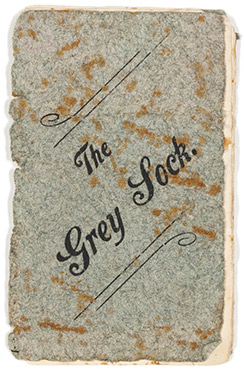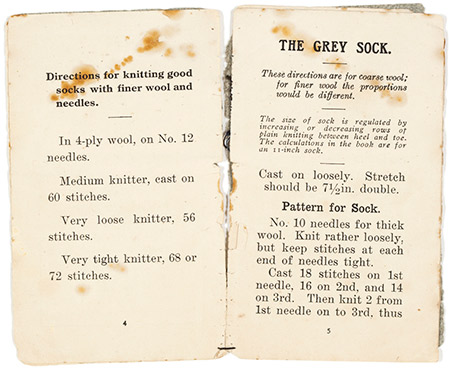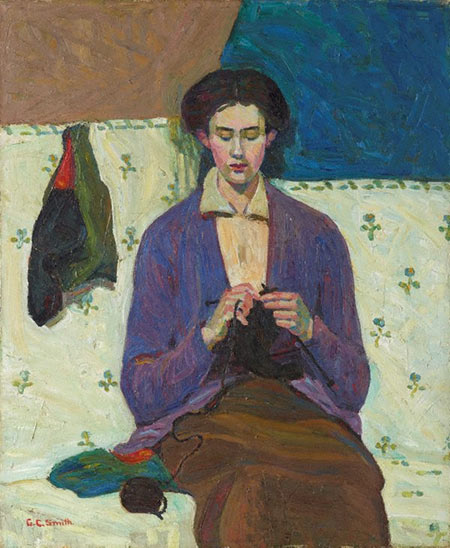Marking time in January 2017
Hand-knitted socks
In 1972, while I was getting ready to go travelling, my mother’s mother came to stay for a few weeks. Granny took an interest in my preparations. Together we reviewed the kit I had started to assemble—a sturdy canvas H-frame backpack with leather straps, homemade cloth bags with drawstring closures for organising the contents of the backpack, a down-filled japara sleeping bag, a pair of hiking boots, and so forth. I wanted to take only what I would need, and I wanted everything to be fit for purpose.
She asked me what socks I intended to take. I didn’t have an answer, but she did: I would need hand-knitted woollen socks, and she would make them. She specified the size of knitting needles she needed (a set of three, pointed on both ends) and the right kind of wool. Once she had these things she set about producing the socks, while we continued to talk.
My grandmother Vera Alice Nixon was born in Orbost in Victoria in 1894 so she was a young woman at the time of the Great War. She saw the young men of the district, and of her family, go off to the war. Some of them came home horribly damaged. And some never came back.
Vera had joined other women who knitted socks for the soldiers—an act of solidarity and support for the men. She told me about receiving a letter from a soldier at the front who was grateful for the socks, but who was troubled by the small stones that got inside his boots when he ran across rocky ground. Vera and her friends had the idea of adding a skirt attached to the sock just above the boot-top, which could be folded over the boot and stop those pesky stones getting in.
This fond memory was triggered when I came across a booklet of sock-knitting instructions in the collection of the State Library of New South Wales.


